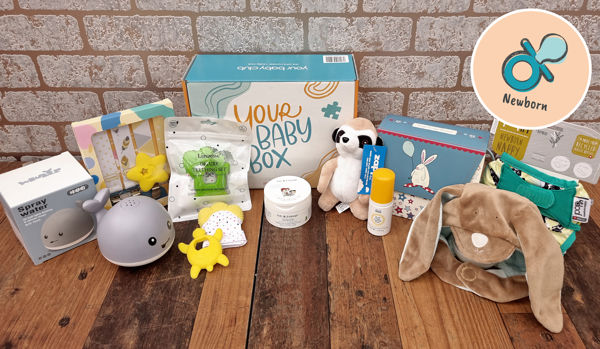When my midwife handed me a DVD to watch on breastfeeding, I’m afraid to say, I stuck it in the back of my folder and forgot all about it. I was of the understanding that breastfeeding was natural and presumed it would simply happen. Everyone I’d ever seen breastfeeding had just ‘done it’ and made it look easy.
When the tiny wide-eyed baby was placed on my chest as I came out of theatre the nurses all encouraged her on to my breast but unfortunately, having just had an emergency C section I couldn’t feel a thing and so whilst they were all cooing over my daughter feeding, I had no idea whether she was or wasn’t. Almost two days passed in this way with breastfeeding expert midwives and nurses popping along to put her on the breast at regular intervals. By day 3, the feeling had returned and I’d been encouraged to sit up and my catheter had been removed. The thing was, I had no idea how to even pick the poor baby up after my c section, never mind position her and check she was ‘on the breast properly’.
The nurses weren’t quite so ready and available and try as I might I wasn’t convinced my breastfeeding was quite right, especially as my milk hadn’t yet come in and the poor thing was starting to become quite distressed sucking and sucking and not really getting enough to satisfy her hunger. We preserved; trying the rugby hold, going high to let baby find her position and even manipulating the colostrum out in to a syringe to manage the feeding. It was just about ok, that is until Day 4 when I was finally deemed fit to be moved from the High Dependency Ward.
Unfortunately, I was put on a Day Ward for all those mums who were ready to go home mere hours after giving birth. The midwife that day was brusque and old fashioned and as she thrust the baby on to my breast and announced “anyone can breastfeed!” poor baby bit down splitting my poor dry cracked nipple and both baby and boob were covered in blood. Day 4 is never a good day anyway, but add in pain, a baby with blood everywhere crying desperately for food and no visitors as no one knew where I was, I was beside myself.
Sobbing silently, rocking a hungry baby one of the nurses in charge of replenishing water found me. Suddenly all the lovely midwives appeared and I was quickly wheeled to the right ward and offered help and support (and toast with jam!) My confidence, however, was shot and when one nurse offered to get a bottle for the baby I jumped at the opportunity. At the end of the day, all I wanted was my baby fed. As baby settled into sucking from the teat, my birthing midwife appeared round the curtain and sat on the end of my bed. Her kindness in telling me that formula was simply another safe option for feeding my baby took away all the worries I had. She explained how baby had already had the best of the stuff – my colostrum – and if baby was happy to drink the formula without issue, why would I jeopardise my own recovery in trying something that was becoming stressful for us both. A day later, with baby feeding incredibly well from formula we were finally deemed fit enough to go home. I never once considered that formula was a bad thing, merely the alternate option.
For baby number 2 however, I watched the DVD, I watched YouTube clips and read about positioning and holds and techniques until I thought myself quite the expert. I even bought nipple cream, shields and an electric pump, so confident was I that baby number 2 would crack breastfeeding. Unfortunately, baby number 2 didn’t like feeding – he wasn’t mad keen on the nipple nor the bottle and so for the first two days was force-fed extracted colostrum through a syringe. Even then, he was a stubborn bugger and would clamp those tiny gums together as hard as he could in the hopes of not being fed.
When we were despatched home we only lasted 2 days before being sent straight back in as his refusal to feed was of concern to HV and us. We discussed combi feeding with the electric pump trying gamely to extract milk that wasn’t really in due to not having had much in the way of nipple stimulation from baby and topping up with formula. Unfortunately, his tiny mouth had to be prised open to squeeze the teat in and even then he would lie there, refusing to even attempt to suck. At the second admission for another overnight stay towards the end of his first week, the nurse discussed tube feeding if we couldn’t get him to drink a little more from the bottle.
We tried all sorts that night to attempt to encourage him to feed more as no one wanted to consider tube feeding. Unfortunately at this stage, I was told not even combi feeding was an option and definitely not breastfeeding. Every day every bottle had to be documented – time, amount and time taken to drink and every day the community midwife would come and check the notes and weigh him carefully. It took over three weeks before we stopped having the daily check-up and another 2 weeks before he would happily feed. There were days (and very long nights) when I would see if he would prefer the boob again as the bottle was still of little interest and I would regularly sit there rubbing and manipulating my breasts and plugging them in to the electric breast pump, all in the hopes of encouraging any sort of feeding. And it was during this period I truly understood the saying ‘Fed is Best’.






